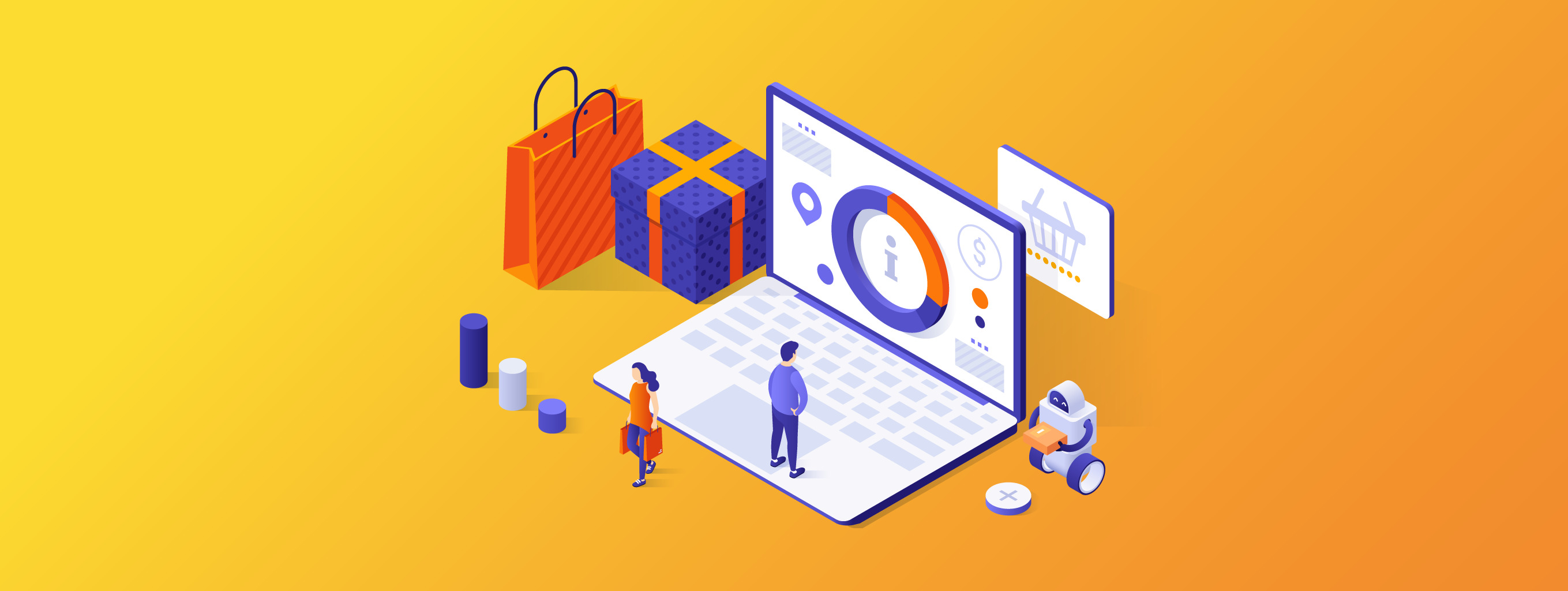
Réduire les erreurs de prévision grâce aux données externes et à l’IA : un guide pour les entreprises de distribution
Dans le secteur de la distribution, une prévision précise est essentielle pour réussir, mais anticiper…

Predictive AI models based on macroeconomic data can offer significant benefits across various organizational functions and planning activities. These models analyze critical external data to provide insights that empower businesses to make better-informed decisions, improve resilience, and optimize strategies.
Macroeconomic-based predictive AI models analyze indicators such as GDP growth, inflation rates, and employment figures to generate forecasts of organizational performance. This information is essential for businesses, investors, and policymakers making strategic decisions.
Investors and financial institutions can leverage predictive AI to assess macroeconomic trends and indicators, enabling more informed investment decisions. Applications include predicting changes in interest rates, currency values, and overall market conditions.
Predictive AI helps businesses assess and manage risks tied to broader economic changes. This includes anticipating economic downturns, policy changes, and other factors that may disrupt market stability.
For companies with global supply chains, macroeconomic predictive AI aids in optimizing operations by forecasting changes in demand, commodity prices, and supply pressures that could affect the movement of goods and materials.
Governments and policymakers can use predictive AI to model macroeconomic data and formulate effective policies. For example, analyzing the potential impact of policy changes on key economic indicators ensures data-driven decision-making.
By analyzing macroeconomic data and leading indicators, predictive AI can forecast shifts in consumer behavior. This insight helps businesses in retail, marketing, and other consumer-facing sectors to tailor their strategies to align with economic trends.
Financial institutions benefit from predictive AI by more accurately assessing credit risk. Incorporating macroeconomic factors provides a comprehensive view of the economic conditions influencing borrowers’ ability to repay loans.
Predictive AI offers valuable insights into employment trends, helping businesses and policymakers understand labor market dynamics and make data-informed workforce decisions.
Organizations can use predictive AI to run scenario analyses, preparing for a range of economic conditions and adjusting strategies accordingly. This enhances agility and resilience in uncertain environments.
The effectiveness of macroeconomic-based predictive AI depends on the quality of data and the precision of the algorithms. Using a robust data repository that includes millions of relevant economic indicators ensures a strong foundation for developing predictive AI models.
By adopting macroeconomic-based predictive AI, businesses, policymakers, and financial institutions can unlock actionable insights, optimize decision-making, and better navigate an ever-evolving economic landscape.